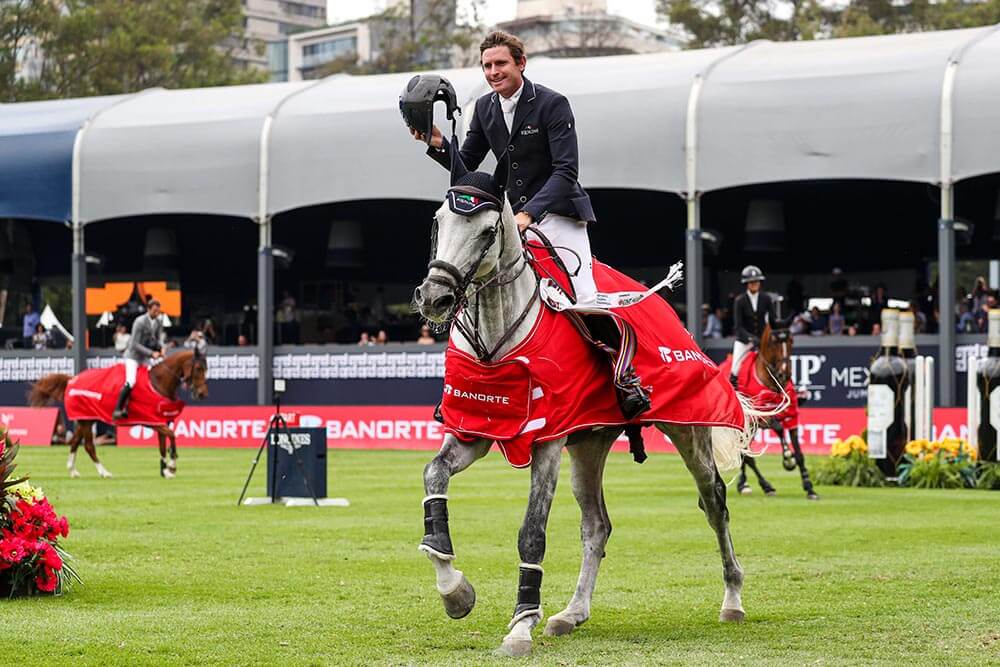Starting at international jumping competitions (CSI) does cost you a lot these day. But if you're Irish, there's a good chance you might profit from competing at this level, at least a better chance as being Belgian, French or ... The team of the Belgian newspaper, de Paarden Gazet did a research on how much CSI riders win and how much their average cost is. All data based on the data of JumprAPP & Equtelex .
The cost of participating in international competitions varies from country to country and also from level to level. If you are limited to a CSI2* level and compete domestically, you don't have to worry about an international FEI passport for your horse.
In Belgium, you will need to pay an international license fee of 525 euros, which allows you to enter international competitions regardless of the number of horses or competitions. However, for each application, you will also need to pay an additional 28 euros.
Furthermore, there is the starting fee for your international participation for each horse. This amount is calculated based on the FEI fee and variable costs such as MCP, electricity, accommodation costs, etc. On average, you can expect to pay 500 euros per horse for a CSI2* competition.
Let's take an example of an international rider with 2 horses participating 6 times. In that case, the rider will pay the following amount on average per participation: ((525 euros/6) + (6x28 euros x 2) + (6x500 euros x 2)) / 6 = 1,581 euros per participation (with 2 horses).
However, this cost estimate does not take into account general expenses such as food and drink for the rider and horse, possible supplements per horse, farrier costs, veterinary costs, etc.
Depending on the region, the entry fee may be higher, but usually, the possible prize money follows gradually. For comparison, if you are a Dutch rider competing internationally, you will pay 126 euros + 116 euros for starting passes for your two horses (assuming no changes). Additionally, you will pay an entry fee of 43.25 euros per competition, as well as your participation fee. So, for a Dutch show jumper, in the scenario above, the cost per participation (with 2 horses) would be ((126 euros + 116 euros)/6) + (6x500 euros x 2) + (6x43.25 euros x 2)) / 6 = 1,127 euros per participation.
Ireland earns the most on average.
According to the data app JumprApp, being born Irish is the best. With just over 360 active Irish FEI riders, they earn an average of 22,630 euros in prize money, totaling just under 8,200,000 euros per year. Belgian international riders earn slightly less and divide this amount among just under 900 active FEI riders, averaging just over 6,700 euros in prize money per rider per year.
This means that on average, a Belgian CSI rider has to contribute just under 3,000 euros to their international participations each year! If you compare this to our northern neighbors, you'll notice that Dutch show jumpers contribute even less, but they also have about 33% fewer CSI riders participating. Dutch show jumpers earn an average of 8,450 euros per year in prize money, resulting in an annual profit of 1,688 euros per rider!
Please note that these statistics are based on averages. CSI5* riders, for example, earn significantly more, and if they rank in the top 30 of the Longines Ranking, their entry fees at that level are considerably lower.
Additionally, if you're aiming for high prize money, it's best to compete in the United States of America. The nearly 570 American FEI riders gather an average of just under 12,000,000 euros, slightly more than 20,600 euros per rider. However, it's worth noting that entry fees there are significantly higher, up to 2,000 US dollars per horse per competition!



